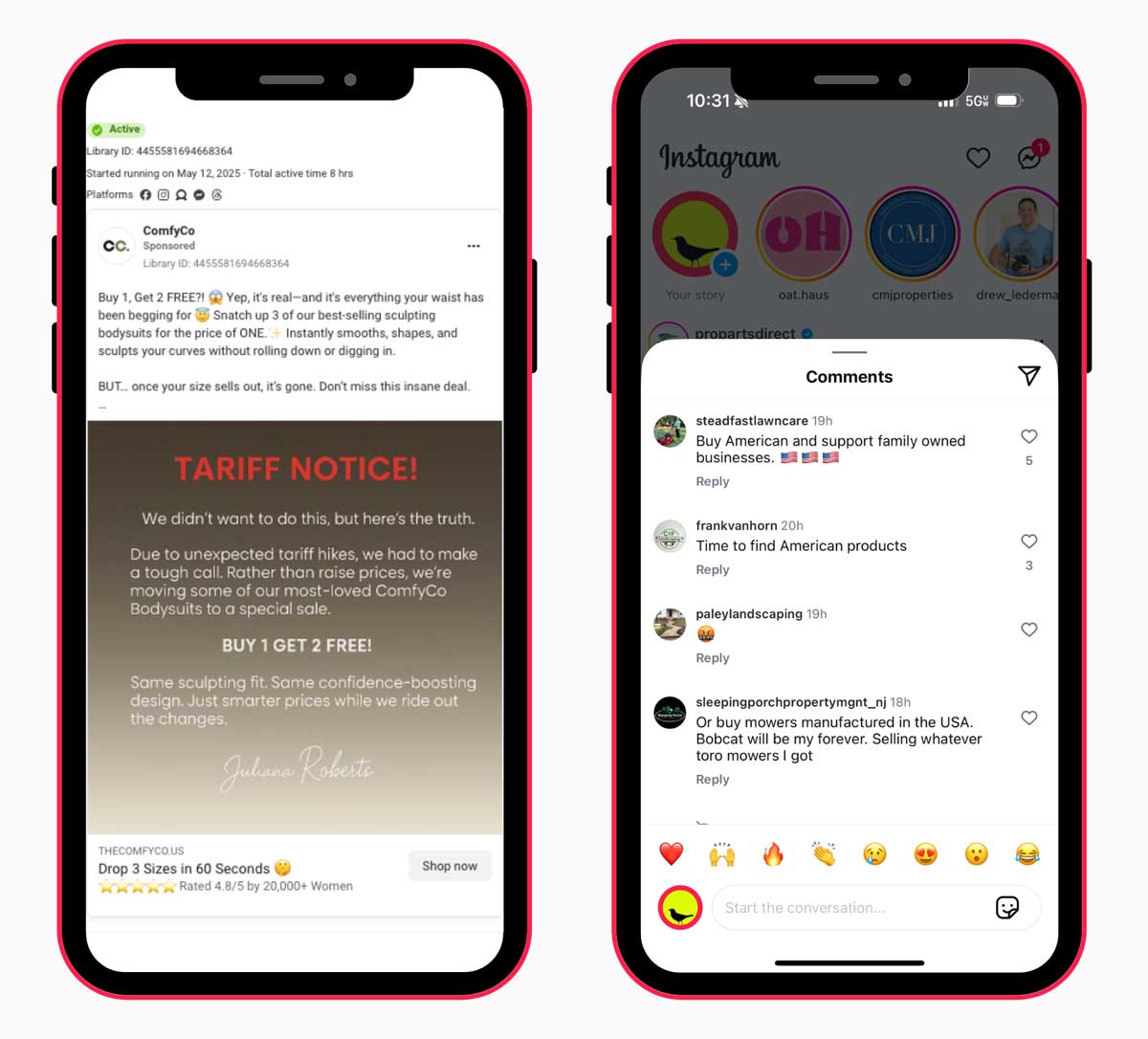Fear based marketing has its place, and can actually be quite effective…when used properly.
I mentioned earlier that I’m a focus-on-the-solution kinda marketer. Well, apparently me and everybody else. Only 2% of ads are negative in nature, which means—if you can nail the negativity just right—your ad could cut through the clutter and really stand out. Tests have shown that using fear in advertising can pay off with higher click-through and conversion rates, but for this strategy to pan out for you, you have to follow these steps carefully:
1. Gather consumer insight. Every audience will respond differently to fear based marketing. It’s crucial to do some market research and find your target audience’s specific fears, pain points, and motivators.
2. Dial in your messaging. With a solid foundation of market research, it’s time to start crafting messages that address your audience’s fears and motivators. Don’t invent new fears (beauty companies, I’m looking at you…). Focus on real and present fears that underlie your target audience’s decision-making process.
3. Don’t get all melodramatic. You want your language and imagery to evoke a subtle sense of anxiety, but don’t lay it on too thick.
4. Include statistics and facts. Back up your messaging with credible sources (and yes, I know that half of the country doesn’t believe in statistics and facts…but do your best).
5. Offer a solution. Make sure you have a clear and compelling call-to-action that promises to alleviate the fear you’re playing up.
Try to keep it as light as you can with fear based marketing. For example, the tariffs—or anything that is divisive or overly politicized—are probably not the place for fear based marketing. But playing into the fear of missing out on a special offer or limited time promotion is perfectly reasonable. Likewise, if you have a product that improves someone’s health, safety, or security, playing into your audience’s underlying fears is fair game.
And, as with anything in business or marketing (or life), keep it ethical. Make sure your claims are grounded in truth, avoid over-exaggeration, offer a clear solution, and—at all costs—avoid exploiting vulnerable people and situations in a way that could trigger too much anxiety or overwhelm.





